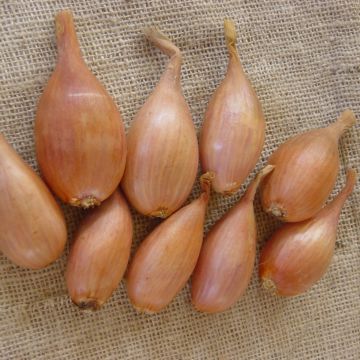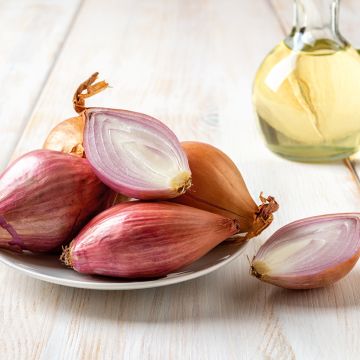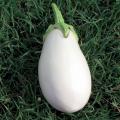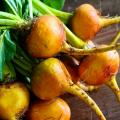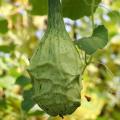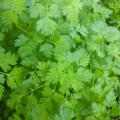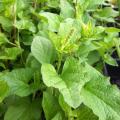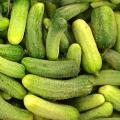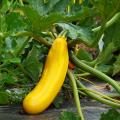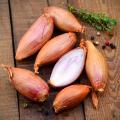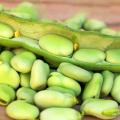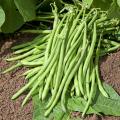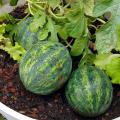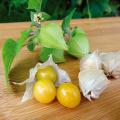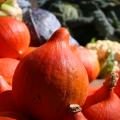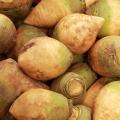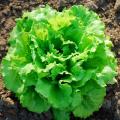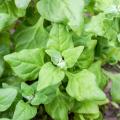Shallots
Does this plant fit my garden? Set up your Plantfit profile →
Available in 3 sizes
Available in 3 sizes
Available in 2 sizes
Available in 3 sizes
Available in 2 sizes
Available in 3 sizes
Available in 1 sizes
Available in 2 sizes
Available in 1 sizes
Available in 1 sizes
The Shallot or Eschalot – Allium cepa – from the Liliaceae (Lily) family, are grown for their heads, which are eaten as a vegetable or used as a condiment. A sister of the Onion, it is mainly classified into two categories: pink and grey. Its delicate flavour is appreciated raw, chopped and crunchy to flavour salads and raw vegetable dishes. When cooked, it becomes tender with a sweet note and its flavour wonderfully permeates stews and sauces. A special mention should be given to caramelised Shallots that accompany meats and processed cold meats. They are a concentrated source of vitamins B, C, E, and minerals.
Haven't found what you were looking for?







































